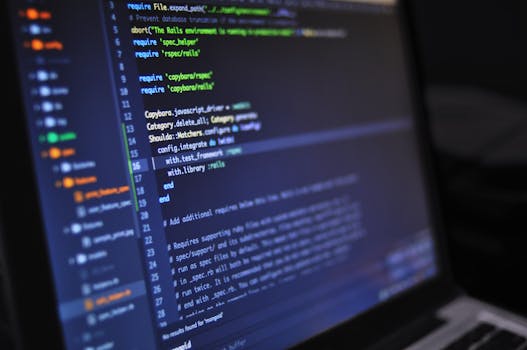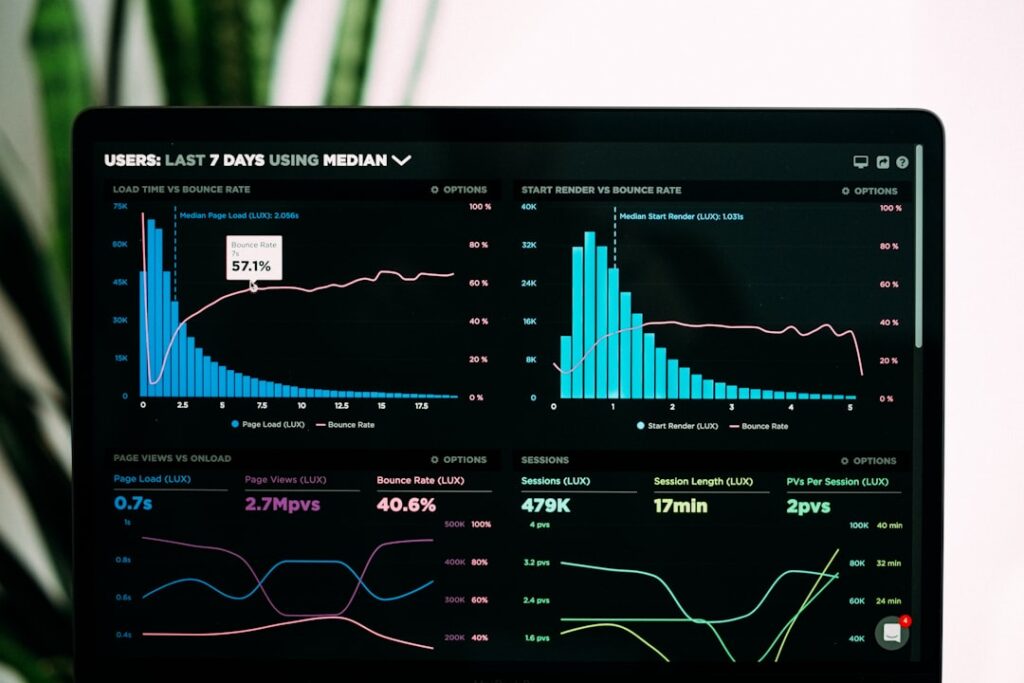In 2025, over 50% of nonprofits are using AI to improve their work. This is a big jump from just a few years ago. For example, healthcare nonprofits lead the way with 19% adoption, while education groups are expected to grow into a $20B market by 2027. In North America, nonprofits are using AI the most, with a 36.8% market share. But China is catching up fast, with a 39.1% growth rate. These numbers show that AI is no longer just for big companies—it’s helping nonprofits save time and money too.
Here’s a quick look at how AI is growing in nonprofits:
- 50%+ adoption rate globally.
- 42% increase in AI fundraising tools since 2020.
- $1.81T projected global AI market by 2030.
Nonprofits in healthcare and education are leading the way, but even smaller groups are starting to use AI. For example, tools like ChatGPT and Salesforce Nonprofit Cloud are making it easier to manage donors and plan programs. The growth is clear: AI is becoming a must-have for nonprofits that want to stay ahead.
Imagine a small nonprofit trying to raise funds. In the past, they might have spent hours writing emails or calling donors. But in 2025, AI tools are doing the heavy lifting. For example, Greenpeace AU used AI to find donors who were likely to give more. This saved them $23,040 a year. Across the board, nonprofits are seeing 40% less work thanks to AI. Whether it’s managing volunteers or planning events, AI is making life easier for nonprofits everywhere.
2. How AI Solves Nonprofit Challenges: Top Use Cases
AI is helping nonprofits solve some of their biggest problems. For example, donor retention is a major challenge. But with AI, groups like Greenpeace AU have seen a 500% boost in fundraising ROI. AI tools analyze donor data to find the best people to target. This means nonprofits can focus their efforts and raise more money. Other uses include program efficiency, like the World Food Programme using AI to plan food deliveries during crises.
Here are three ways AI is making a difference:
- Donor Engagement: AI predicts which donors are most likely to give.
- Resource Allocation: AI helps plan where to send supplies during emergencies.
- Advocacy: AI analyzes data to support policy changes, like Amnesty International does for human rights.
These tools are not just for big nonprofits. Even small groups can use AI to save time and money. For example, ChatGPT can help write grant proposals or thank-you letters.
Think about a nonprofit trying to help after a disaster. In the past, they might have struggled to figure out where to send supplies. But in 2025, AI tools can analyze data to make quick decisions. For example, the Red Cross uses AI to predict where floods or famines might happen. This helps them act faster and save more lives. AI is also helping with volunteer management, matching people to the right tasks. It’s clear: AI is changing how nonprofits work for the better.
3. Case Studies: Real-World AI Success Stories
Let’s look at some real examples of AI helping nonprofits. Greenpeace AU used AI to find donors who were likely to stop giving. They kept 64 donors who might have left, saving $23,040 a year. Another group, Parkinson’s UK, used AI to improve their fundraising campaigns. Their response rates went up by 14%, and they raised 23% more money. These stories show how AI can make a big difference.
Here’s how AI helped three nonprofits:
- Greenpeace AU: Kept 64 donors, saved $23K/year.
- Parkinson’s UK: Raised 23% more with AI campaigns.
- Feeding America: Reduced food waste by 30% using AI logistics.
These results prove that AI isn’t just a trend—it’s a tool that works. Even small changes, like using AI to write emails, can lead to big wins.
FAQ
1. “What percentage of nonprofits use AI in 2025?”
Answer: Over 50% of nonprofits use AI tools in 2025, up from just 25% in 2020. Adoption varies by sector:
- Healthcare nonprofits: 19% use AI for patient outreach.
- Education nonprofits: Expected to spend $20B on AI by 2027.
- Disaster relief groups: 32% use AI for crisis predictions.
North America leads with a 36.8% market share, but China is growing fastest (39.1% yearly). Even small nonprofits are adopting low-cost tools like ChatGPT for tasks like writing emails or analyzing data.
2. “How does AI improve donor retention?”
Answer: AI helps nonprofits keep donors by:
- Predicting who might stop giving: Tools flag at-risk donors (e.g., Greenpeace AU retained 64 donors and saved $23K/year).
- Personalizing outreach: AI writes tailored messages (e.g., Parkinson’s UK saw a 23% revenue boost).
- Automating follow-ups: Reminders for renewals or thank-you notes.
For example, AI can analyze past donations to suggest the best time to ask for money. This makes donors feel valued, which keeps them giving.
3. “Are free AI tools available for nonprofits?”
Answer: Yes! Here are popular free/low-cost options:
| Tool | Use Case | Cost |
|---|---|---|
| ChatGPT (Free Tier) | Writing emails, social media posts | Free |
| Canva Magic Write | Designing flyers or reports | Free for basics |
| Google’s AI for Nonprofits | Data analysis, translation | Grants available |
Many tools offer discounts for nonprofits. For example, Salesforce Nonprofit Cloud provides free licenses to eligible groups.
4. “What are the risks of using AI in nonprofits?”
Answer: The biggest risks include:
- Bias: 74% of nonprofits lack safeguards against unfair AI decisions.
- Privacy: Donor data could be misused if systems aren’t secure.
- Cost: 68% of small nonprofits say AI is too expensive to start.
For example, a mental health chatbot once gave harmful advice because it wasn’t properly trained. Nonprofits should test AI tools and have humans review results.
5. “Can AI replace jobs in nonprofits?”
Answer: AI won’t replace most jobs—it will change them. For example:
- Fundraisers use AI to find donors faster.
- Grant writers use tools like Jasper.ai to draft proposals in half the time.
- Volunteer managers let AI match skills to tasks.
Only 12% of nonprofits report cutting jobs due to AI. Most say it helps staff focus on bigger goals, like helping more people.
6. “How can small nonprofits start with AI?”
Answer: Start small with these steps:
- Try free tools: Use ChatGPT to write thank-you notes or social media posts.
- Focus on one task: Automate donor emails or data entry first.
- Learn online: Free courses (e.g., Google’s AI Essentials) teach basics.
For example, a food bank used AI to track donations and reduced food waste by 30% in 6 months.
Research & Data Sources
- Stanford Social Innovation Review (SSIR)
Website: ssir.org
Publishes research on AI for social impact. - MIT Sloan Management Review
Website: sloanreview.mit.edu
Covers AI ethics, trends, and case studies. - Dataro
Website: dataro.ai
Specializes in AI fundraising tools for nonprofits.
Nonprofit Case Studies
- Greenpeace Australia Pacific
Website: greenpeace.org.au
Case study on AI donor retention. - The Red Cross
Website: redcross.org
AI applications in disaster response. - Feeding America
Website: feedingamerica.org
AI-driven food waste reduction initiatives. - Parkinson’s UK
Website: parkinsons.org.uk
AI fundraising campaign results. - Amnesty International
Website: amnesty.org
AI for human rights advocacy.
AI Tools & Platforms
- Salesforce Nonprofit Cloud
Website: salesforce.com/nonprofit
Donor management and analytics. - OpenAI (ChatGPT)
Website: openai.com
Free tier for content creation and automation. - DonorPerfect
Website: donorperfect.com
AI fundraising analytics. - WattTime
Website: watttime.org
AI for emissions tracking and climate action.


